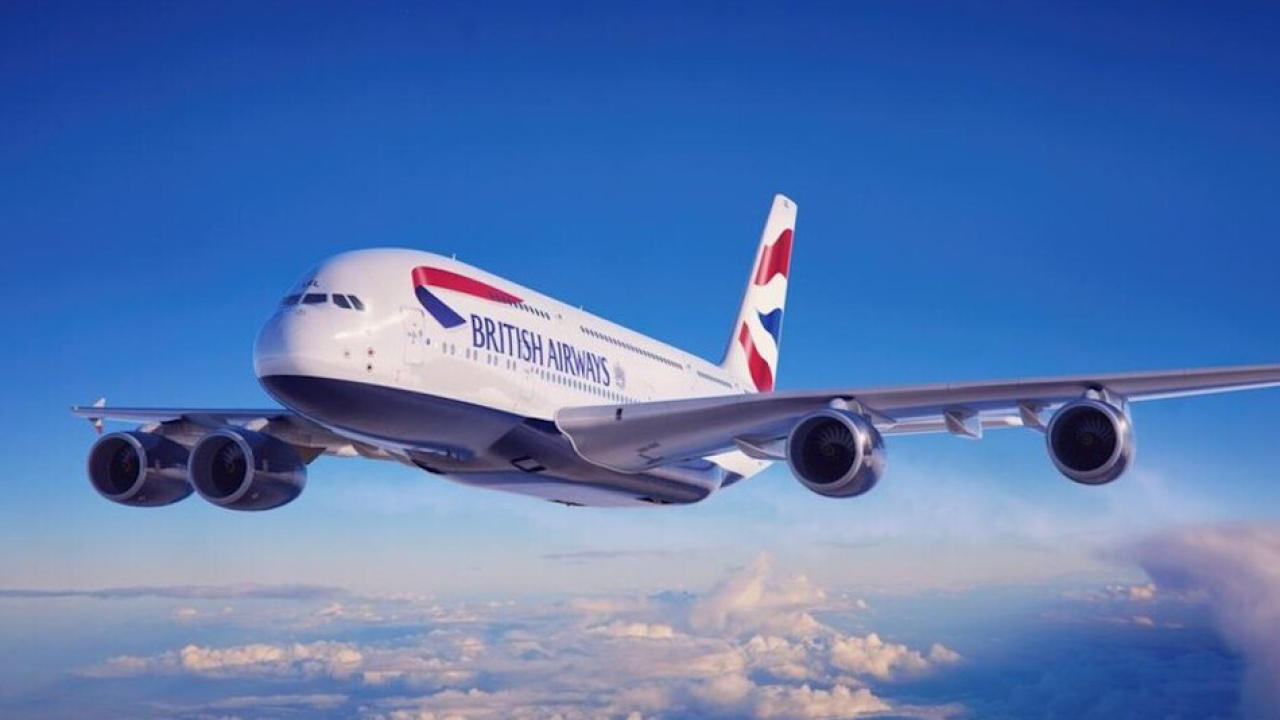Qatar builds on the blockade
When four Arab countries decided to close their airspaces to Qatari aircraft last year, it had a massive effect on Qatar Airways. Tom Pleasant found out more from Guillaume Halleux, the airline’s chief officer cargo.

“Everybody was taken by surprise,” admitted Guillaume Halleux, talking about the blockade of Qatar imposed on June 5 last year. “It was a massive challenge, but undeniably it created opportunities for us.”
The decision by Bahrain, Egypt, Saudi Arabia and the UAE to close their airspaces to Qatari aircraft not only eliminated the airline’s two largest cargo markets – Saudi Arabia and the UAE – but also its access to Bahraini airspace, which until then it had regularly flown through as its own airspace is so small.
“For the first 30 days,” Halleux explained, “we operated 15 charters per day on top of our regular activity, purely for the food programme. At the same time, the passenger activity was redeployed, mainly to Beirut, Kuwait and Muscat, which became markets with a lot more capacity than before and allowed us to generate business opportunities.”
Qatar Airways was already growing its cargo network and investing heavily in new products and additions to its fleet before the blockade was imposed, but the restrictions haven’t slowed its plans. It carried 1,153,825 tonnes in financial year 2017, over the 954,191 tonnes in 2016, and Halleux expects that trend to continue.
“Business was amazing in 2017,” he said excitedly. “It was another record year for us with continuous growth. We received two 747s toward the end of the year, at the ideal moment of the market, so we’ve been very fortunate. We expect 2018 to be just as good.”
It would be easy to suggest this growth is only thanks to the blockade, but it is also due to network development. Halleux said Qatar Airways is now one of the top five airlines that can truly negotiate and cooperate on a global level. “Customers are increasingly looking at global approaches but not everybody can do it – Emirates, of course, Lufthansa, IAG, Air France-KLM group, and that’s about it. And now us.”
Along with the network is the fleet. The airline currently has 23 freighters: 13 777Fs, eight A330Fs and two 747-8Fs. It also has another eight A330Fs and two 777Fs on order. The first 777F will be delivered in July and the second in November, although Halleux refused to reveal where they would be deployed.
“We wish we could get four or five more, because there’s the demand for it, but we’re currently assessing our [entire] fleet strategy for the next five years. One must not underestimate the impact of belly capacity, because the passenger aircraft play a massive role in our capacity; about 50% is carried on them.”
Despite the high proportion of freight being carried in passenger belly holds, Halleux says freighters will continue to be a vital part of the airline, but recognises they don’t always work for some companies.
“In a previous life, I worked at Air France KLM, which was de-investing from freighters. The reasoning was that since 90% of the commodities in the world travel in the belly, you don’t need freighters. That reasoning works, but only for a country that has a natural market of export and import.
“We import everything, and we export nothing. For us, freighters are feeders, the same way that British Airways would feed London Heathrow with trucks coming from Germany. It’s the same model, just bigger.”
Some of Qatar’s particularly strong cargo routes include Hong Kong, where it operates 23 freighter flights to per week, Chengdu, with between five and seven per week, and, most recently, Ho Chi Minh City, which has grown from two freighters per week 18 months ago to seven.
Fresh food remains a common vertical, as well as live animals, cars and heavy lift for the gas industry, but Qatar’s big success has been pharmaceuticals. Its new dedicated climate-control centre handles about 285,000 tonnes of the cargo type every year.
“We’ve become a market leader and we are extremely proud of it. Who would have thought, a few years back, that one of the leading hubs of pharmaceutical products would be in the middle of the desert in the Middle East?”
Stay up to date
Subscribe to the free Times Aerospace newsletter and receive the latest content every week. We'll never share your email address.

